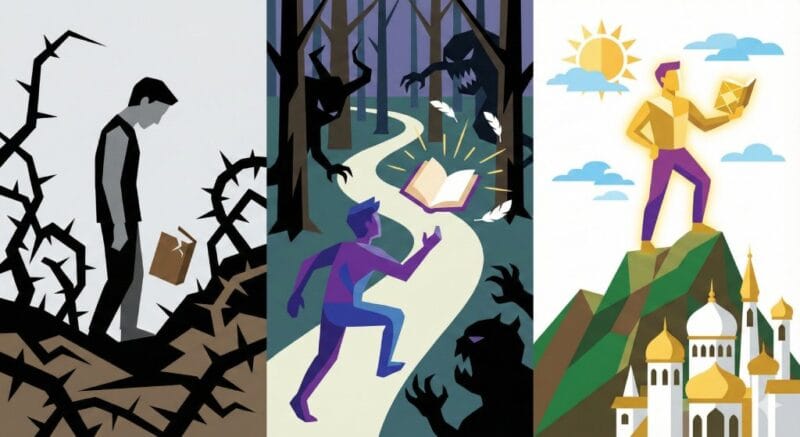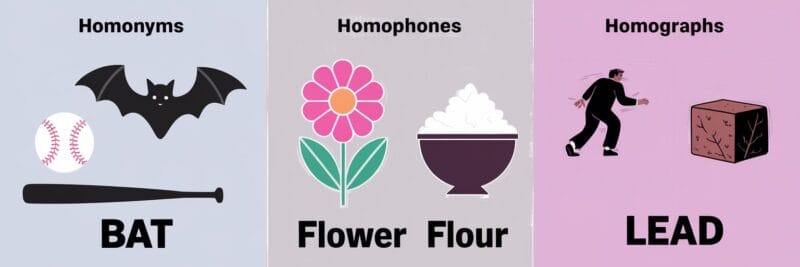Modernism: a style or movement in the arts that aims to break with classical and traditional forms.
From Google Definitions:
Postmodernism: a late-20th-century style and concept in the arts, architecture, and criticism that represents a departure from modernism and has at its heart a general distrust of grand theories and ideologies as well as a problematical relationship with any notion of “art”.
How well do you understand the literary distinctions between modernism and postmodernism? While modernism strays far from the conventions of prose and poetry, postmodernism actively mines those forms for inspiration.
Modern literature refers to a literary style or movement that emerged in the late nineteenth and early twentieth centuries, broke away from previous literary traditions and old methods of writing, and concentrated on inner self and awareness. On the other hand, postmodernist authors purposefully employed a blend of previous techniques. When it comes to literary style, postmodernism places fun and intertextuality above realism and the search for a single, clear meaning.
The common perception of modernism is that it represents an endeavor to break away from traditional forms of prose and poetry in favor of experimenting with new styles. The term “modernism” is used to describe anything that deviates from the norm, such as a mode of thought, line of inquiry, creative endeavor, or artistic genre. Authors found fresh means of expression thanks to literary modernism.
Modernist works frequently emphasize the protagonist’s internal monologue and the reader’s emotional reaction to it rather than the logical advancement of the story. Fitzgerald is often recognized as a key author of the Modernism movement due to his use of modernist themes such as period culture, character autonomy, and an emphasis on viewpoint. Starting with the characters’ internal disputes about what defines reality and honesty is crucial while analyzing The Great Gatsby (1925).
Meanwhile, most postmodernists hail Thomas Pynchon’s novel Gravity’s Rainbow (1973) as a classic. In spite of the novel’s apparent deviance from conventional plot and character definitions, the narrative maintains a persistent feeling of order. To define postmodern literature as a genre, we must look at its aesthetic and ideological hallmarks: dependence on literary tropes like disjointed narratives, paradoxes, and unreliable narrators, as well as storylines that are often implausible and even impossible.
Further Reading
What’s the Difference Between Modernism and Postmodernism in Literature? by Virginia Matteo, Owlcation
Falling Out of Love With Modernist Literature by Veronica Esposito, Literary Hub
The ‘post’ in literary postmodernism: A history by Hans Bertens, Manchester University Press
The end of the era of endings by Ag Apolloni, Eurozine




